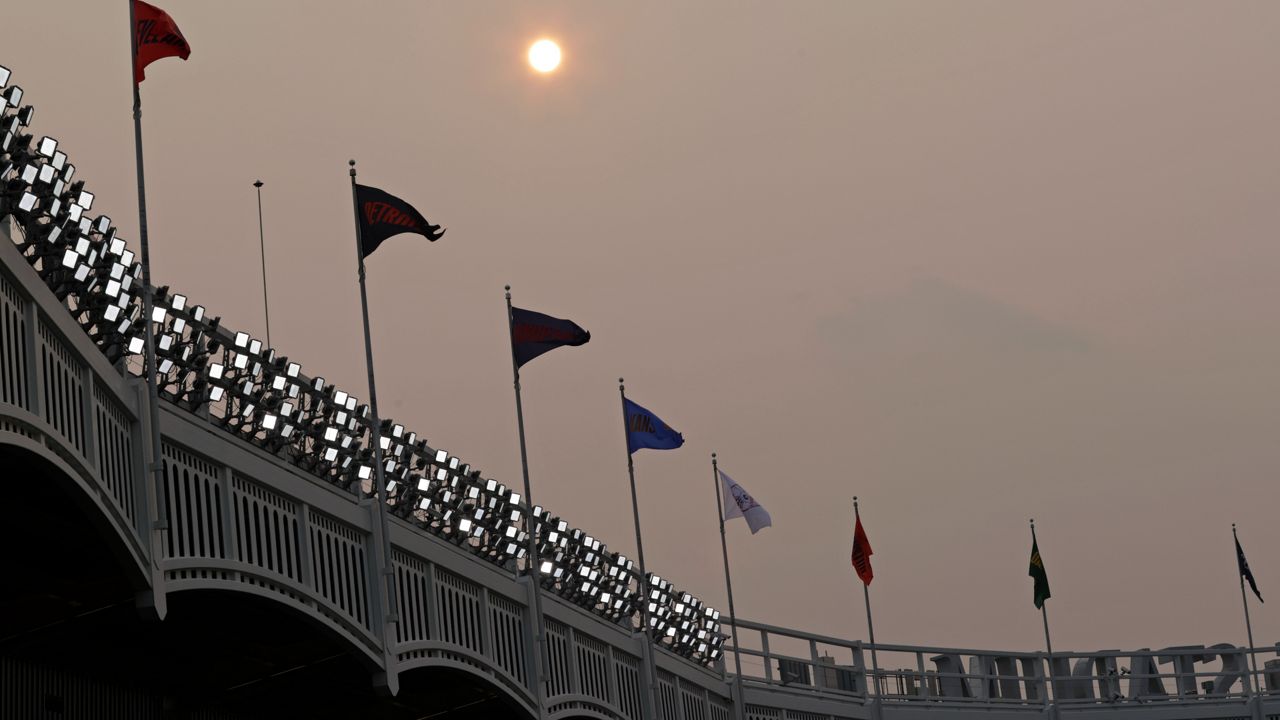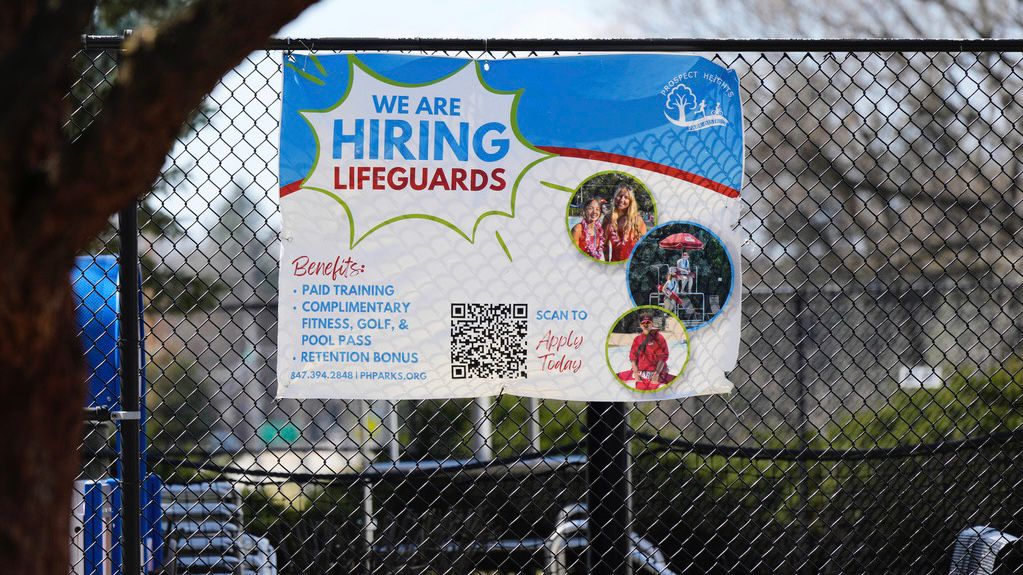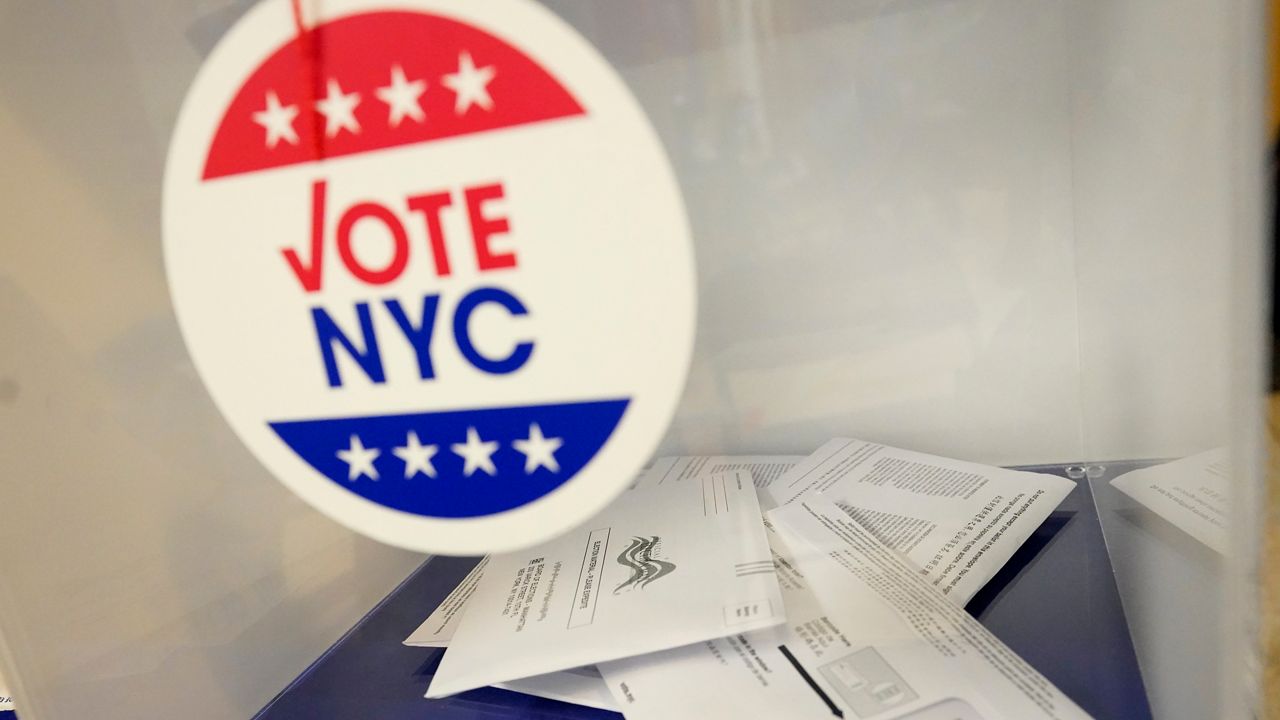Among the many climate risks facing New York City, scientists do not consider wildfires a direct threat to the region.
But what about wildfires happening on the other side of the continent?
Scientists and climate experts say that New Yorkers should expect more and more days each year with conditions similar to earlier this week, when smoke drifting from wildfires in Canada and the western United States gave the city its worst rating for air quality in 15 years, according to data from the Environmental Protection Agency. The Air Quality Index on Tuesday was 154, on a scale that considers anything over 100 to be unhealthy.
While air quality in the city has improved significantly in recent decades, and the city is pursuing ongoing efforts to reduce emissions from buildings and vehicles, the problems caused by pollution from wildfires poses a new and severe risk, according to scientists and public health experts.
They say there is little research on how the smoke from the Western wildfires will impact Eastern cities, or on what places like New York need to do to protect residents from the unstoppable columns of smoke drifting across the Hudson River.
“I think it’s fair to say that this week was a little bit of a wake up call,” said Ben Furnas, the director of the Mayor’s Office of Climate and Sustainability.
Federal and city laws have in recent decades pushed down the city’s pollution levels, especially of fine particulate matter (objects whose diameters are no wider than a thread from a spider’s web), nitrogen dioxide and nitric oxide. The city is currently not in federal compliance for levels of ozone, a gas formed of oxygen molecules that can cause serious lung issues at ground level — and which experts predict will increase with more and more wildfires.
The city’s pollution is clustered primarily in Midtown and Lower Manhattan; Red Hook, Sunset Park and East Williamsburg in Brooklyn; Astoria in Queens; and the South Bronx, where two major interstates converge.
Yet predominantly Black, Latino and immigrant neighborhoods in central Brooklyn and much of the Bronx show preexisting health risks that the wildfire smoke will only worsen, such as the highest levels of asthma hospitalizations.
These neighborhoods are what environmental justice advocates often call “front-line neighborhoods,” because they typically face elevated risk even for widespread problems, such as flooding, heat and pollution, because of their location and poor infrastructure.
“The wildfires will contribute to all of the issues that we deal with in the city,” said Taylor Morton, the director of environmental health and education at We Act, a nonprofit group. “It’s another layer on top of an issue that's already here.”
Just as current pollution levels only compound the damage from wildfires, investing in cleaning the city’s air now will mitigate the future risk from wildfire smoke, according to Marshall Burke, an associate professor of Earth system science at Stanford University.
“It’s useful to have these salient wildfire events to bring home how important this is,” Burke said. “But clean air is something we should always invest more in. If it's a wildfire that pushes us to make that investment, so be it.”
Burke was the lead author on a study published in January suggesting that even conservative estimates of increasing wildfire smoke will cause thousands of more deaths across the country. Those deaths will come both as long-term illnesses and sudden heart attacks and strokes caused by polluted air, Burke said.
Already, chronic wildfire smoke inhalation causes 15,000 deaths per year, one study found.
The smoke will also have ripple effects beyond physical health: Studies show that students perform worse on smoky days.
“The stuff gets down into your lungs, it crosses into your bloodstream, and can cause inflammation throughout your body, even in your head,” Burke said. “There is a long shadow of effects from exposure to wildfires and dirty air that we should expect.”
Generally, however, there are few definitive answers from researchers on what risks cities face and how they can protect against wildfire smoke. It’s unclear if smoke impacts health differently than pollution from vehicles or buildings, whether the air in an apartment is any better than the air outdoors on a day with high pollution, or if cheap disposable masks could mitigate the risks.
“It’s really understudied for how important the issue is,” said Kevin Cromar, a professor of environmental health at New York University and a member of Utah’s Air Quality Board.
Cities may need to soon consider high-cost interventions to improve indoor air quality, especially for residents who can’t afford to purchase expensive air purification systems, Burke said. That may mean subsidizing the purchase of air filters and an overhaul of the ventilation systems in New York’s public housing, an issue that took on new resonance following several reports about poor air filtration in NYCHA residences during the pandemic.
Cromar said that a good first step would be more sophisticated risk communication from the city, such as with alerts sent directly to residents that identify and explain the problem pollutant for the day as well as provide a spectrum of behavior recommendations for different ages and specific health problems.
On Tuesday, the city’s health department issued a warning about the smoke pollution, noting that “people with pre-existing heart/lung conditions and children should limit outdoor activity.”
Furnas acknowledged that it is difficult to know whether New Yorkers respond to that guidance, but said it was still effective communication.
“Going to the bodega is one thing, but going for a run or a bicycle ride is something they would recommend against,” Furnas said of the health department. “That feels like pretty actionable guidance, in a useful way.”
As for the higher-cost interventions, such as giving an air filter to every family that cannot afford their own, Furnas said, it remains to be seen what the city’s legislators will consider.
“We’re all coming to appreciate the magnitude of this,” he said. “Nothing is off the table as we navigate forward.”








